More Architecture
By now, you're probably wondering how Nvidia has strapped a couple of GPUs together and to many, the answer will be fairly obvious: it utilises SLI technology. In fact, in many respects, the technology is very similar to what was used in the GeForce 7950 GX2 – there have been a few improvements though.Like the GeForce 7950 GX2, there is a bridge chip—in this case, it's labelled BR04-300-A2—and this is essentially a 48-lane PCI-Express gen 2.0 switch that transfers data between the two GPUs and the PCI-Express slot.
What's more, it includes the includes CPU Broadcast and PW Shortcut capabilities featured in the nForce 200 chip, meaning that it's actually an SLI chip in and of itself.
The CPU Broadcast controller allows the CPU to only issue one write command to the card—even though there are two GPUs—because it sends out write commands out to both GPUs after it has received instructions from the CPU.
This means that it essentially behaves like a single card in some respects as there is no increase in traffic across the PCI-Express bus as a result of there being two GPUs sharing the one interconnect. On the other hand, the PW Shortcut functionality provides a fast point-to-point write capability that allows write commands to travel between the two GPUs without having to involve the CPU, thus reducing PCI-Express bus traffic further.
Nvidia has also made some moves on its Hybrid SLI technology after first speaking publically about it at the Consumer Electonics Show in Las Vegas earlier this year. The GeForce 9800 GX2 is the first graphics card to fully support HybridPower technology, which allows you to essentially shut down your power-guzzling high-end graphics card when it isn't being used on new motherboards that feature an mGPU supporting Hybrid SLI.
The nForce 780a SLI chipset will be the first chipset to support this technology—which is believed to be coming to market in the next month or two—and Nvidia has said that it also plans to release an Intel-based chipset supporting Hybrid SLI in the second quarter of this year. There are limitations to this technology though, many of which we covered in our initial Hybrid SLI technology feature and then again after our follow-up discussions with Nvidia's engineers.
Because this card has launched before Hybrid SLI-enabled motherboards have become available, we'll have to wait to test out the technology—both from a power savings and a practicality point of view—until when the motherboards start shipping. I think it's about time we had a look at some product, right?

MSI MPG Velox 100R Chassis Review
October 14 2021 | 15:04


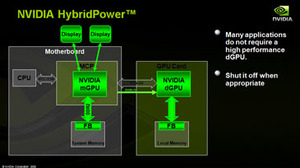
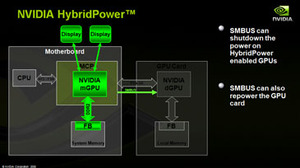
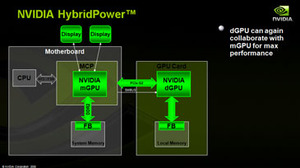
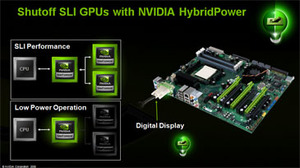
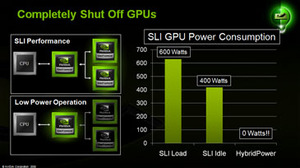
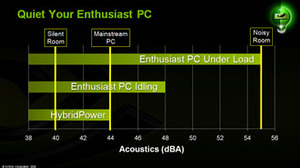







Want to comment? Please log in.